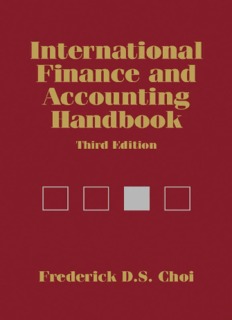1.1 INTRODUCTION. Financial people know in their bones that their profession goes back a long way. Its frequent association with “the world’s oldest profession” may simply be because it is almost as old. After all, the essential technology of finance is simple, requiring little more than arithmetic and minimal literacy, and the environment in which it applies is universal—that is, any situation that involves money, property, or credit, all of which are commodities that have been in demand since humankind’s earliest days.
These financial commodities have been put to use to facilitate trade, commerce, and investment and to accommodate the accumulation, preservation, and distribution of wealth by states, corporations, and individuals.
Financial transactions can occur in an almost infinite variety, yet they always require the services of banks, whether acting as principal or as agent, and financial markets in which they can operate. Banks have predominantly been local institutions throughout their history, but many have sought international expansion to follow clients abroad or to offer services not available in other countries. Banks have a long history: a history rich in product diversity, international scope, and continuous change and adaptation.
Generally, change has been required to adjust to shifting economic and regulatory conditions, which have on many occasions been drastic. On such occasions banks have collapsed, only to be replaced by others eager to try their hand in this traditionally dangerous but profitable business. New competitors have continually appeared on the scene, especially during periods of rapid economic growth, opportunity, and comparatively light governmental interference. Competitive changes have forced adaptations, too, and in general have improved the level and efficiency of services offered to clients, thereby increasing transactional volume.
The one constant in the long history of banking is, perhaps, the sight of new stars rising and old ones setting. Some of the older ones have been able to transform themselves into players capable of competing with the newly powerful houses, but many have not. Thus, the banking industry has much natural similarity to continuous economic restructuring in general.









Be the first to review “International Finance And Accounting Handbook”